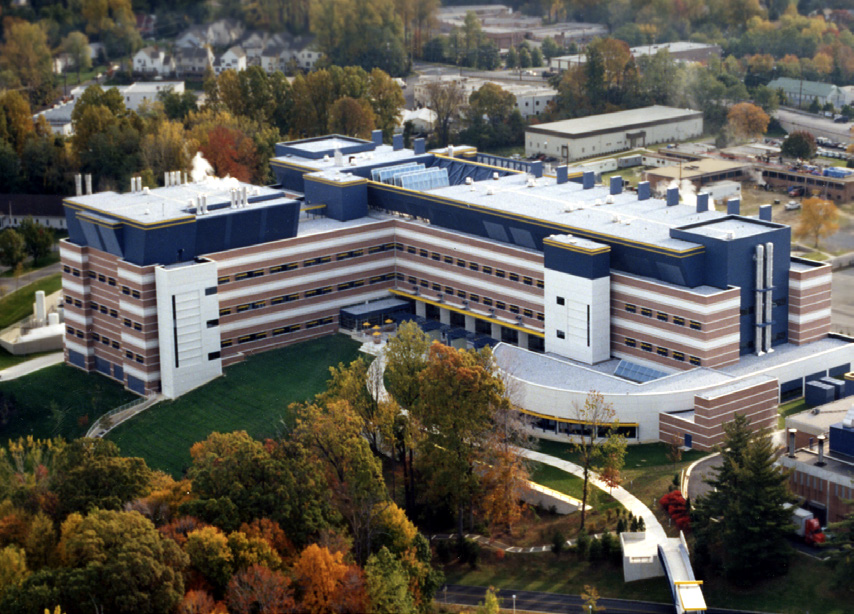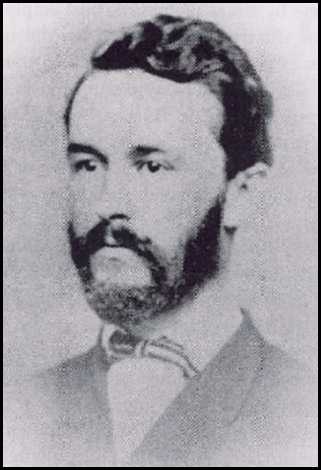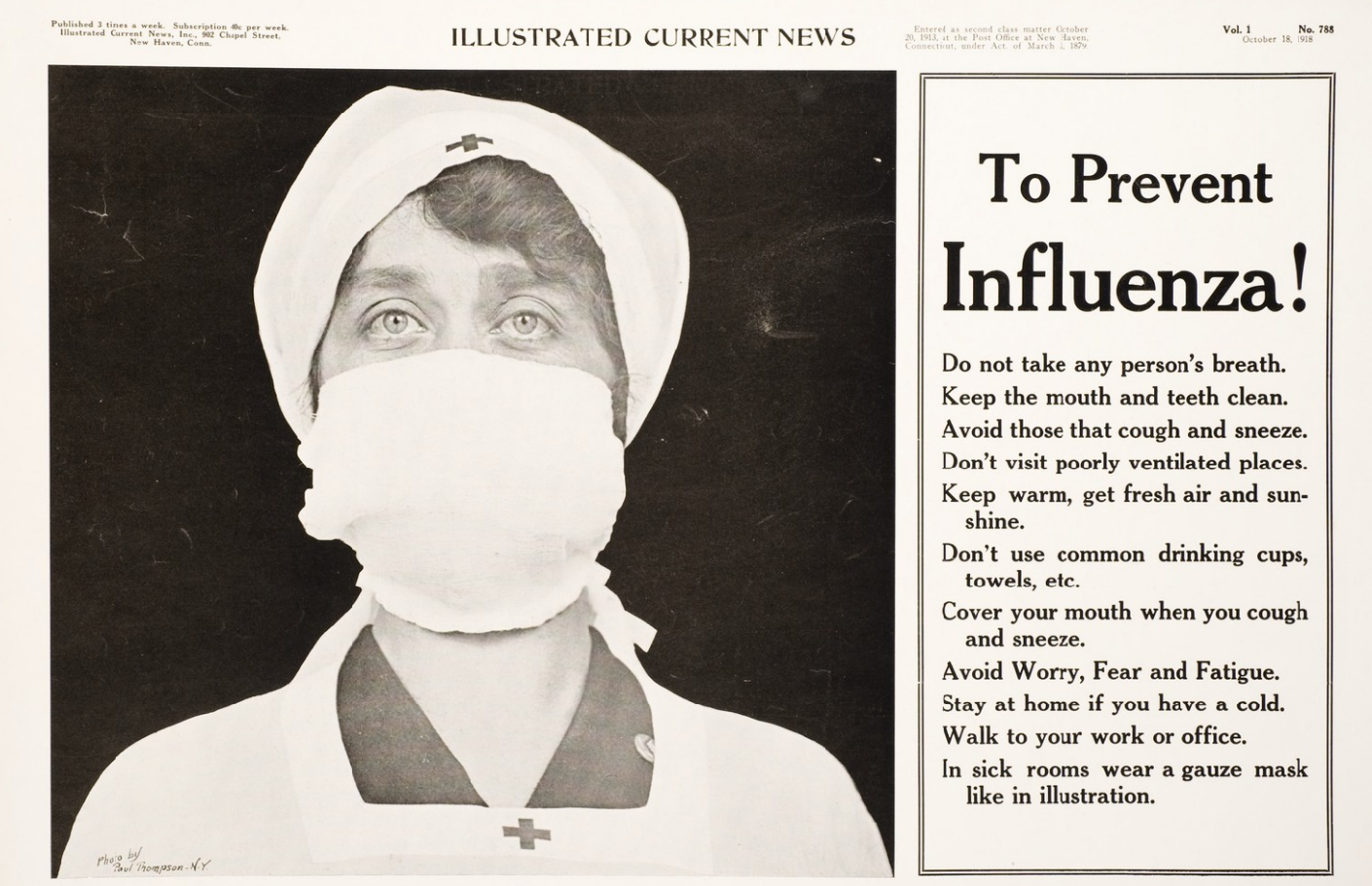|
WRAIR
The Walter Reed Army Institute of Research (WRAIR) is the largest biomedical research facility administered by the U.S. Department of Defense (DoD). The institute is centered at the Forest Glen Annex, in the Forest Glen Park part of the unincorporated Silver Spring urban area in Maryland just north of Washington, DC, but it is a subordinate unit of the U.S. Army Medical Research and Development Command (USAMRDC), headquartered at nearby Fort Detrick, Maryland. At Forest Glen, the WRAIR has shared a laboratory and administrative facility — the Sen Daniel K. Inouye Building, also known as Building 503 — with the Naval Medical Research Center since 1999. The Institute takes its name from Major Walter Reed, MD (1851–1902), the Army physician who, in 1901, led the team that confirmed the theory that yellow fever is transmitted by a particular mosquito species, rather than by direct contact. Today, the WRAIR fosters and performs biomedical research for the DoD and the US A ... [...More Info...] [...Related Items...] OR: [Wikipedia] [Google] [Baidu] |
Walter Reed
Walter Reed (September 13, 1851 – November 22, 1902) was a U.S. Army physician who in 1901 led the team that confirmed the theory of Cuban doctor Carlos Finlay that yellow fever is transmitted by a particular mosquito species rather than by direct contact. This insight gave impetus to the new fields of epidemiology and biomedicine, and most immediately allowed the resumption and completion of work on the Panama Canal (1904–1914) by the United States. Reed followed work started by Carlos Finlay and directed by George Miller Sternberg, who has been called the "first U.S. bacteriologist". Early and family life Walter Reed was born in Belroi, Virginia, to Lemuel Sutton Reed (a traveling Methodist minister) and his first wife, Pharaba White, the fifth child born to the couple. During his youth, the family resided at Murfreesboro, North Carolina with his mother's family during his father's preaching tours. Two of his elder brothers later achieved distinction: J.C. became a ... [...More Info...] [...Related Items...] OR: [Wikipedia] [Google] [Baidu] |
United States Military HIV Research Program
The United States Military HIV Research Program (USMHRP or MHRP) was initiated by the United States Congress in 1986, in reaction to the threat of lost effectiveness of U.S./Allied troops due to HIV infection. The mission of MHRP is to develop an HIV-1 vaccine, provide prevention, care, and treatment, and conduct meaningful HIV/AIDS research for the global community through the President's Emergency Plan for AIDS Relief (PEPFAR). It is centered at the Walter Reed Army Institute of Research (WRAIR), and has established five international research sites in Africa and Asia (Tanzania, Kenya, Nigeria, Uganda, and Thailand). MHRP also partners with the Armed Forces Research Institute of Medical Sciences (AFRIMS) in Thailand. MHRP works closely with The Henry M. Jackson Foundation for the Advancement of Military Medicine (HJF), most notably in the development of the RV144 HIV vaccine in Thailand. MHRP is the largest research program supported by the HJF. Funding The MHRP is a $175 millio ... [...More Info...] [...Related Items...] OR: [Wikipedia] [Google] [Baidu] |
Forest Glen Annex
The Forest Glen Annex is a U.S. Army installation in the Forest Glen Park neighborhood of Silver Spring, Maryland, USA. It is situated between Brookville Road and Linden Lane. Since 1999, the Annex has been the site of the Walter Reed Army Institute of Research (WRAIR) and the Naval Medical Research Center (NMRC), along with smaller units. The Forest Glen property was acquired by the Army during the World War II era, and was formerly known as the “Walter Reed Forest Glen Annex”, a branch of the Walter Reed Army Medical Center (WRAMC) in Washington, DC. Facilities In addition to the large research laboratories located in the Annex's "Daniel K. Inouye Building" (Building 503), the post includes a commissary, a child care center, and a Fisher House. There are also football and baseball fields, and picnicking facilities. The Forest Glen Annex campus includes the National Park Seminary Historic District which is being redeveloped separately from the military area. The ... [...More Info...] [...Related Items...] OR: [Wikipedia] [Google] [Baidu] |
Makerere University Walter Reed Project
Makerere University Walter Reed Project (MUWRP) was established in 2002 for the primary purpose of HIV vaccine development and building of vaccine testing capability in Uganda. It is one of the 5 international research sites established by the Department of Defense (DoD) United States HIV Research Program (MHRP), a program centered at the Walter Reed Army Institute of Research (WRAIR) in Silver Spring, Maryland. MUWRP's main facility is centrally located in Kampala, near the Makerere University College of Health Sciences where the MUWRP laboratory is located. The main facility includes the clinic, administrative and data offices. MUWRP Mission Statement To monitor and investigate communicable disease threats of public health importance to Uganda; and develop, evaluate and provide interventions to mitigate these disease threats. Background In May 1998, the Honorable Crispus Kiyonga, the former Ugandan Minister of Health formally invited the US Army to conduct HIV and malaria r ... [...More Info...] [...Related Items...] OR: [Wikipedia] [Google] [Baidu] |
Pilot Bioproduction Facility
The Pilot Bioproduction Facility of the Walter Reed Army Institute of Research (WRAIR) is a Contract Manufacturing Organization (CMO) facility whose mission is to perform vaccine production on a pilot scale. The facility produces pre-license Phase I vaccine candidates under cGMP conditions using both bacterial and viral based technology. It is located at the Forest Glen Annex of the Walter Reed Army Institute of Research in Silver Spring, Maryland. Its business methodology is to work with government agencies through interagency agreements and with private companies through CRADAs ( Cooperative Research and Development Agreements) in order to produce vaccine candidates. Its manufacturing capabilities include bacterial and viral seed banking, fermentation, purification (bacterial and viral proteins), and aseptic filling. The facility can perform whole campaigns from beginning to end or any individual function listed above under GMP conditions. The facility also has the capability to ... [...More Info...] [...Related Items...] OR: [Wikipedia] [Google] [Baidu] |
Army Medical School
Founded by U.S. Army Brigadier General George Miller Sternberg, MD in 1893, the Army Medical School (AMS) was by some reckonings the world's first school of public health and preventive medicine. (The other institution vying for this distinction is the Johns Hopkins School of Public Health (1916).) The AMS ultimately became the Army Medical Center (1923), then the Walter Reed Army Institute of Research (1953). History Sternberg created the AMS by issuing " General Order 51" on June 24, 1893. The School was housed, along with the Army Medical Library in the building of the Army Medical Museum and Library (affectionately known as the "Old Pickle Factory" or "Old Red") at 7th Street and South B Street (now Independence Avenue), SW, Washington, D.C. (This site is on the National Mall where the Smithsonian's Hirshhorn Museum now stands.) In 1910, the AMS relocated to 721 13th Street, NW and in 1916 to 604 Louisiana Avenue. In 1923, the "Army Medical Center" (AMC) was created ... [...More Info...] [...Related Items...] OR: [Wikipedia] [Google] [Baidu] |
George Miller Sternberg
Brigadier general (United States), Brigadier General George Miller Sternberg (June 8, 1838 – November 3, 1915) was a United States Army, U.S. Army physician who is considered the first United States, U.S. bacteriologist, having written ''Manual of Bacteriology'' (1892). After he survived typhoid fever, typhoid and yellow fever, Sternberg documented the cause of malaria (1881), discovered the cause of lobar pneumonia (1881), and confirmed the roles of the bacilli of tuberculosis and typhoid fever (1886). As the 18th Surgeons General of the United States Army, U.S. Army Surgeon General, from 1893 to 1902, Sternberg led commissions to control typhoid and yellow fever, along with his subordinate Major (United States), Major Walter Reed. Sternberg also oversaw the establishment of the Army Medical School (1893; now the Walter Reed Army Institute of Research) and of the U.S. Army Nurse Corps (1901). The pioneering Germany, German bacteriologist Robert Koch honored Sternberg with the s ... [...More Info...] [...Related Items...] OR: [Wikipedia] [Google] [Baidu] |
Surgeons General Of The United States Army
The Surgeon General of the United States Army is the senior-most officer of the U.S. Army Medical Department (AMEDD). By policy, the Surgeon General (TSG) serves as Commanding General, U.S. Army Medical Command (MEDCOM) as well as head of the AMEDD. The surgeon general's office and staff are known as the Office of the Surgeon General (OTSG) and are located in Falls Church, Virginia. Since 1959, TSG has been appointed in the grade of lieutenant general. By law, TSG may be appointed from any of the six officer branches of the AMEDD. However, prior to the 43rd Surgeon General, Lt. Gen. Patricia Horoho — an Army Nurse Corps officer — all appointed and confirmed surgeons general have been Medical Corps officers — military physicians. The incumbent Surgeon General is medical administrator Lieutenant General R. Scott Dingle, a Medical Service Corps officer. The 44th Army Surgeon LTG Nadja West retired on July 19, 2019. Duties As a commanding general, TSG provides advice an ... [...More Info...] [...Related Items...] OR: [Wikipedia] [Google] [Baidu] |
Public Health
Public health is "the science and art of preventing disease, prolonging life and promoting health through the organized efforts and informed choices of society, organizations, public and private, communities and individuals". Analyzing the determinants of health of a population and the threats it faces is the basis for public health. The ''public'' can be as small as a handful of people or as large as a village or an entire city; in the case of a pandemic it may encompass several continents. The concept of ''health'' takes into account physical, psychological, and social well-being.What is the WHO definition of health? from the Preamble to the Constitution of WHO as adopted by the International Health Conference, New York, 19 June - 22 July 1946; signed on ... [...More Info...] [...Related Items...] OR: [Wikipedia] [Google] [Baidu] |
United States Army Medical Research Unit-Brazil
The United States Army Medical Research Unit-Brazil (USAMRU-B) was a "Special Foreign Activity" of the Walter Reed Army Institute of Research headquartered in Rio De Janeiro, Brazil with several satellite labs in the Brazilian hinterland.National Research Council (2000), ''Strategies to Protect the Health of Deployed U.S. Forces: Assessing Health Risks to Deployed Health Forces, Workshop Proceedings'', Washington, DC: National Academy Press, pg 103. Both American and Brazilian scientists worked at the unit which was created in 1973 and closed in 1997. USAMRU-B operated under a cooperative agreement with the Instituto de Biologia do Exercito (IBEX, the “Institute of Biology of the Brazilian Army”). USAMRU-B collaborated on research with IBEX, the PAHO, University of Espírito Santo, Vitória, and the Instituto de Medicine Tropical do Amazonas to investigate infectious diseases in the Brazilian Amazon. Much of the research done at USAMRU-B focused on tropical diseases, such as m ... [...More Info...] [...Related Items...] OR: [Wikipedia] [Google] [Baidu] |
United States Army Medical Research Unit-Kenya
The United States Army Medical Research Directorate-Africa (USAMRD-A) — previously known as the "U.S. Army Medical Research Unit-Kenya (USAMRU-K)" — is a "Special Foreign Activity" of the Walter Reed Army Institute of Research headquartered in Nairobi, Kenya. The unit was established in 1969 and operates under a cooperative agreement with the Kenya Medical Research Institute. Much of the research done there has focused on tropical diseases, such as malaria, trypanosomiasis, and leishmaniasis, as well as arboviruses, HIV/AIDS, and other emerging infectious diseases. USAMRD-A serves as the headquarters for a network of research laboratories across Africa. See also *United States Army Medical Research Unit-Brazil (USAMRU-B) * United States Army Medical Research Unit-Europe (USAMRU-E) * Makerere University Walter Reed Project (MUWRP) References External links USAMRU-K Public Website Kenya ) , national_anthem = " Ee Mungu Nguvu Yetu"() , image_map ... [...More Info...] [...Related Items...] OR: [Wikipedia] [Google] [Baidu] |
Current Good Manufacturing Practice
Current good manufacturing practices (cGMP) are those conforming to the guidelines recommended by relevant agencies. Those agencies control the authorization and licensing of the manufacture and sale of food and beverages, cosmetics, pharmaceutical products, dietary supplements, and medical devices. These guidelines provide minimum requirements that a manufacturer must meet to assure that their products are consistently high in quality, from batch to batch, for their intended use. The rules that govern each industry may differ significantly; however, the main purpose of GMP is always to prevent harm from occurring to the end user. Additional tenets include ensuring the end product is free from contamination, that it is consistent in its manufacture, that its manufacture has been well documented, that personnel are well trained, and that the product has been checked for quality more than just at the end phase. GMP is typically ensured through the effective use of a quality management ... [...More Info...] [...Related Items...] OR: [Wikipedia] [Google] [Baidu] |



